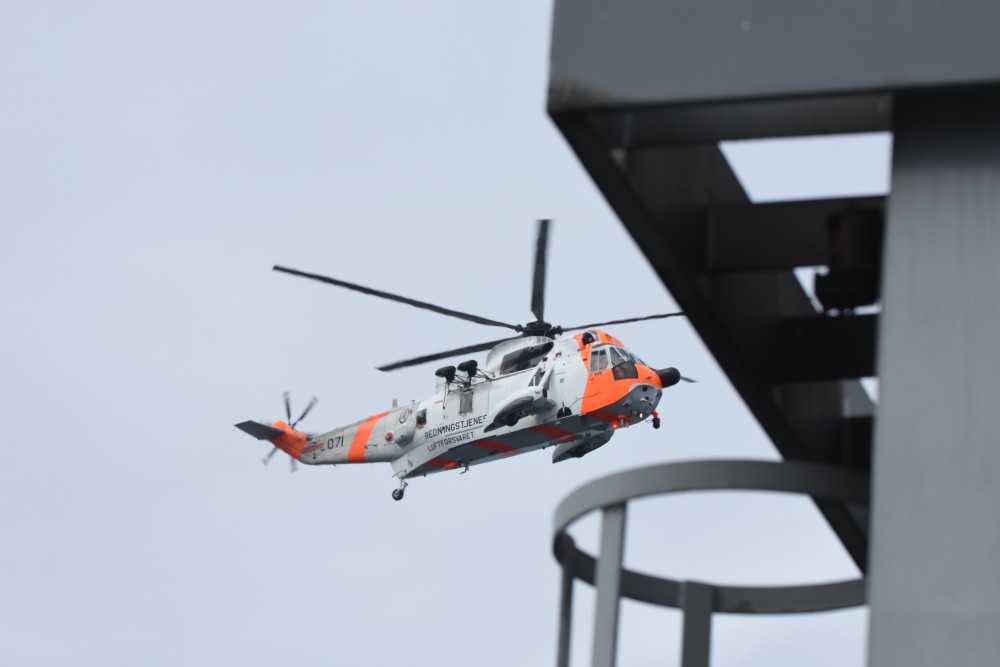As Arctic shipping increases, Norway locates a new rescue base in Tromsø
Norway also plans to update its aging search-and-rescue helicopter fleet and improve radio communications in the High North.

Presenting its state budget for 2020, the Norwegian government announced the location of a new search-and-rescue base will be Tromsø.
Tromsø is clearly the best option, says Ingvil Smines Tybring-Gjedde, Minister of Public Security. She points to resources already in Tromsø that can support the new helicopter base, like fire brigades with smoke divers, special police squads, SAR dogs and medical infrastructure.
“This is crucial in critical situations when time is an important factor,” the minister says.
Monday’s announcement was well received by the people working with emergency preparedness.
“It is gratifying to see that the government has decided to establish a new rescue helicopter base in Tromsø,” Director of the Joint Rescue Coordination Centre of Northern Norway, Bent-Ove Jamtli, told the Barents Observer.
“This implies a strong improvement of emergency preparedness for search and rescue in Troms and the offshore areas,” Jamtli says and points to better capacities for missions in the northern part of the Norwegian Sea and in the Barents Sea.
Tromsø is on the northern coast of the Norwegian Sea and will add to the two other rescue bases in northern Norway; one in Bodø and a SAR helicopter base at Banak airport in Finnmark.
The Governor of Svalbard also operates two SAR helicopters out of Longyearbyen airport.
“We aim to launch the new SAR-helicopter base during 2022,” Ingvil Smines Tybring-Gjedde elaborates.
New fleet of SAR-helicopters
The Norwegian Ministry of Public Security owns 12 Sea King helicopters, which are operated by the Norwegian Air Forces’ 330 Squadron. First introduced in 1973, the old SAR helicopters are soon to be replaced with the newer AW101.
In recent years, shipping in Arctic waters north of mainland Norway and around Svalbard archipelago has increased. More — and larger — cruise ships sail north; so do supply vessels to the increasing oil- and gas drillings outside northern Norway.
With increased tensions between east and west, many more naval ships sail the Norwegian and Barents seas, too.
Better HF-radio coverage
Aimed at better communication for shipping in Arctic waters, the Norwegian government also on Monday said better HF-radio coverage will be developed for two-way communication between ships and rescue resources in case of emergencies.
Today, HF and VHF radio signals in polar areas are severely absorbed due to the more ionized ionosphere up north, especially north of Svalbard.
“We suggest to establish HF-coverage in northern waters up to the North Pole to secure emergency communication for shipping in these areas,” minister Smines Tybring-Gjedde tells.